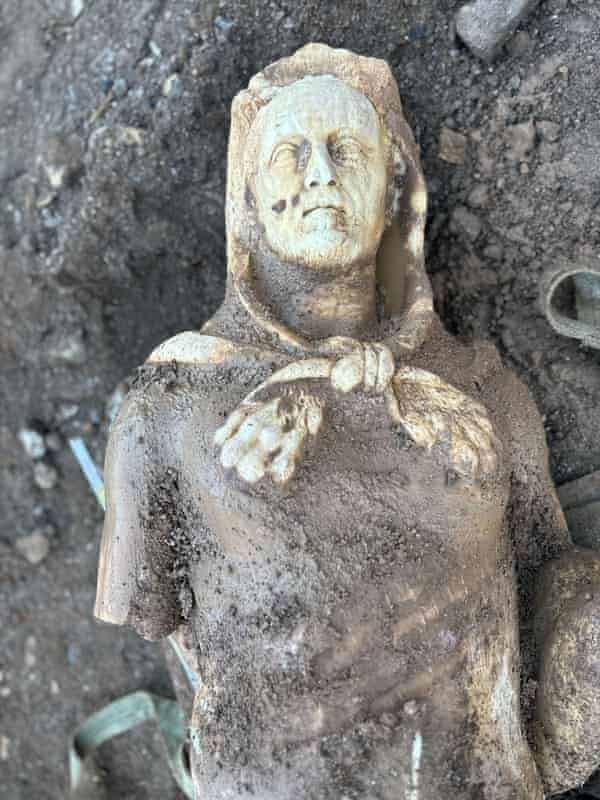2023 has been a remarkable year for Greek archaeology, offering thrilling glimpses into the ancient world and enriching our understanding of history. Here's a spotlight on some of the most captivating discoveries:
1. The Guardian of the Underworld: Tomb of Cerberus Emerges
In Giugliano, Italy, excavation unearthed a fascinating tomb adorned with frescoes, the most stunning depicting Cerberus, the three-headed guardian of Hades. This beautifully preserved artwork offers a firsthand glimpse into ancient mythology and beliefs about the afterlife.
This remarkable burial chamber, located in Giugliano, a suburb of Naples, is estimated to be around 2,000 years old. Its discovery occurred during an archaeological survey conducted before commencing maintenance work on the city’s water system in a neighbouring farmland. Interestingly, this area has yielded numerous burial sites dating from the Roman Republic era (510-31 BC) to the Roman Imperial Age (31 BC – AD 476).
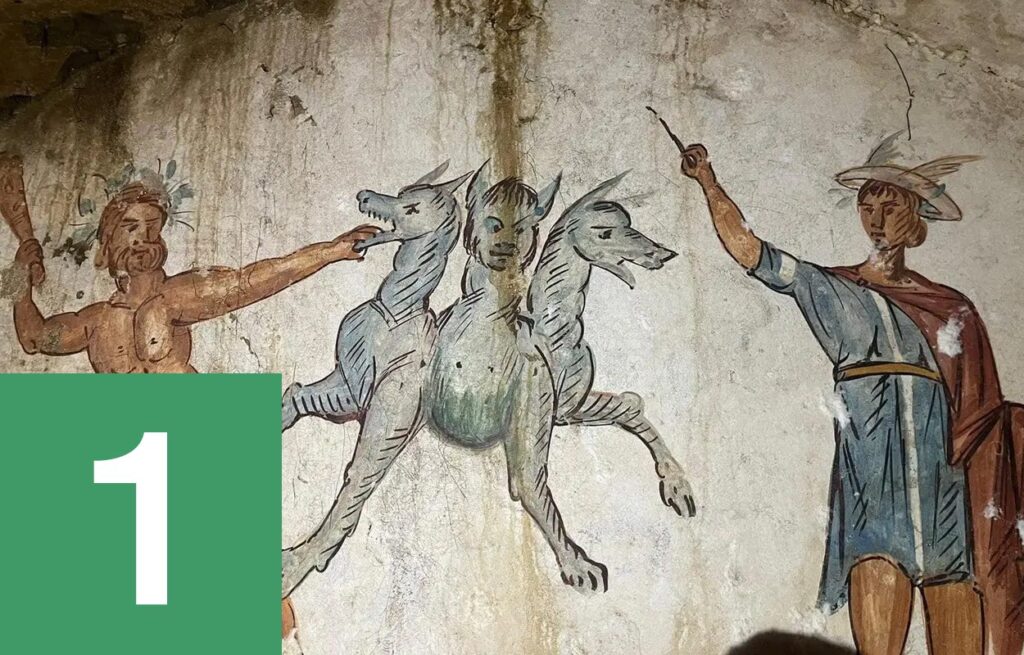
2. Celestial Secrets Revealed: Temple of Esna Unveils Starry Skies
Restorations at the Temple of Esna in Egypt uncovered astonishingly detailed ceiling reliefs showcasing the zodiac and constellations. These astronomical depictions shed light on blending Greek and Egyptian celestial knowledge, offering exciting insights into how ancient cultures understood the universe.
Christian Leitz, Director of the Department of Egyptology at the University of Tübingen, said: “Representations of the zodiac are very rare in Egyptian temples. The zodiac itself is part of Babylonian astronomy and does not appear in Egypt until Ptolemaic times.”
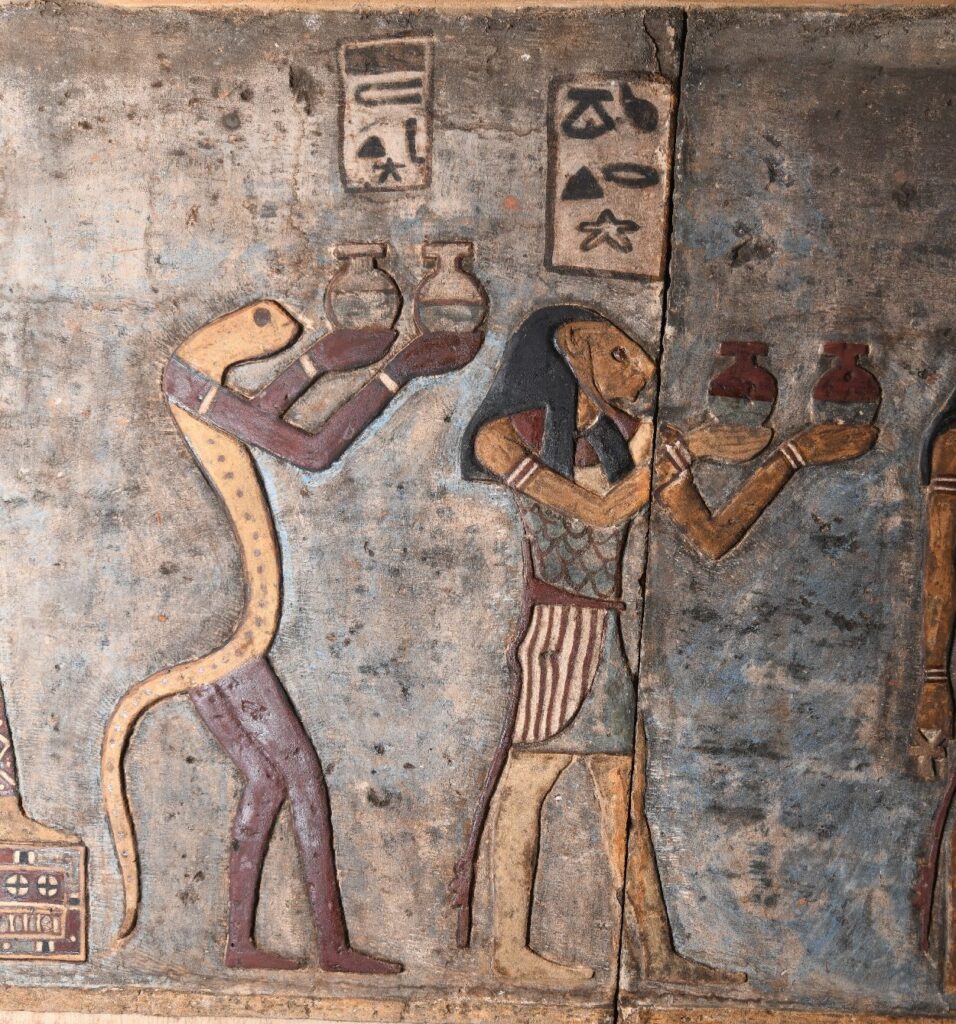
The archaeologists suggest that the system of zodiac signs and their related constellations didn’t appear in Egypt until the Greeks introduced them, which were then used to decorate private tombs and sarcophagi. The zodiac was also of great importance in astrological texts, such as horoscopes found inscribed on pottery sherds.
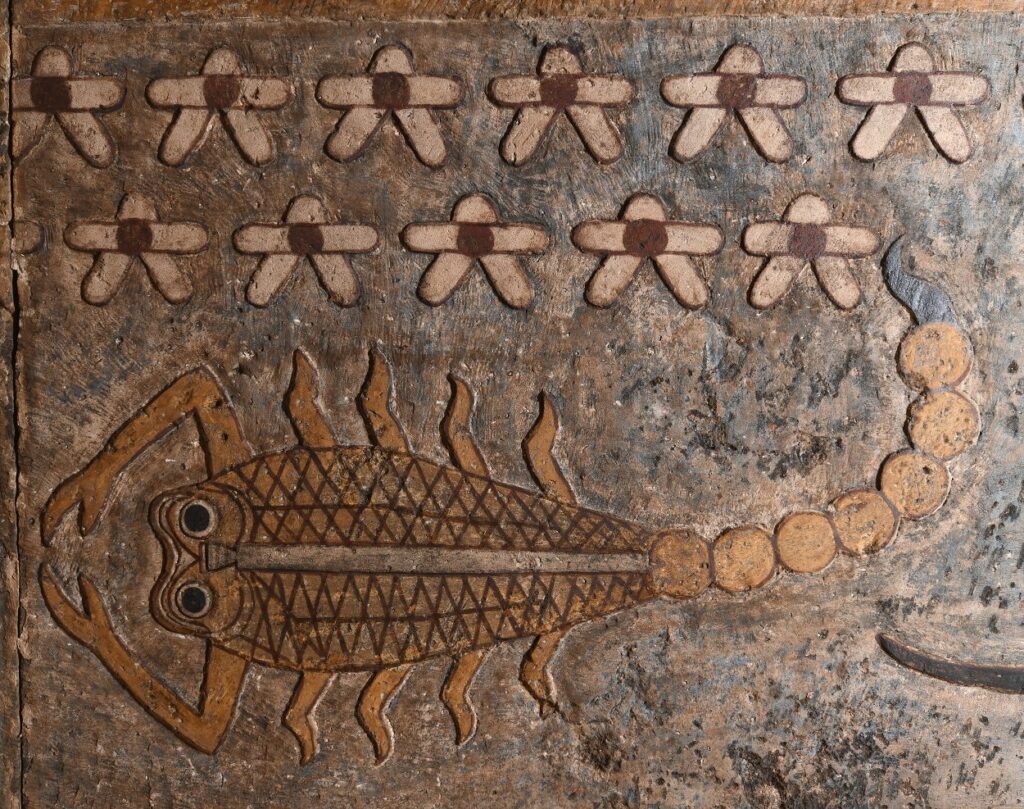
3. A Journey with Alexander: Hints of a Courtesan in His Footsteps
Unearthing a 2,300-year-old tomb on the ancient road to Jerusalem yielded a compelling clue – a bronze mirror, potentially belonging to a Greek courtesan who may have accompanied Alexander the Great's army. This intriguing discovery tantalizes us with the possibility of learning more about the women who played crucial roles in Alexander's campaigns.
According to Dr Guy Stiebel, from the Department of Archeology and the Ancient Near East at Tel Aviv University “this is, in fact, the earliest evidence in Israel of cremation in the Hellenistic period”.
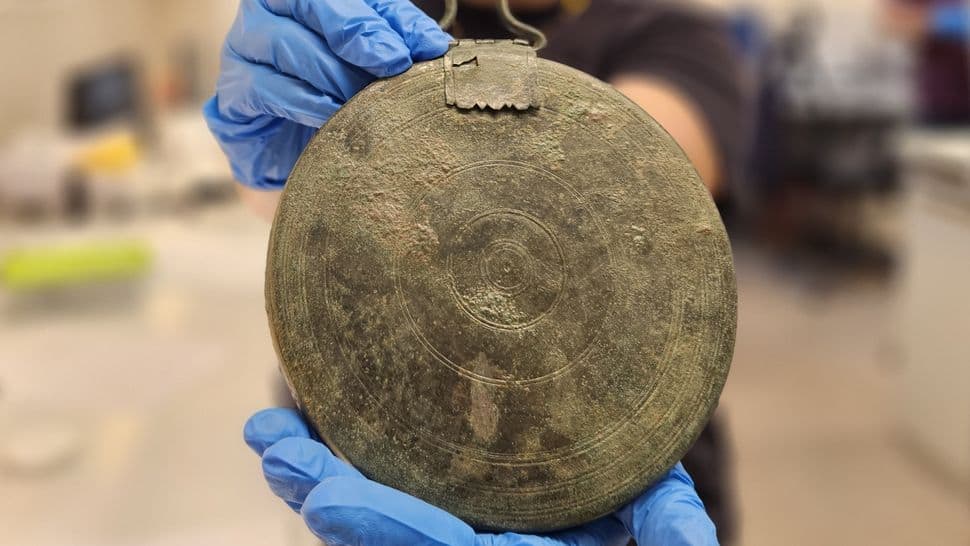
4. From Sewers to Spotlight: A Hercules Emerges in Rome
Construction workers in Rome stumbled upon a life-size marble statue of Hercules buried deep in an ancient sewer. This unexpected find presents a fascinating puzzle for archaeologists, who theorize it may depict a Roman emperor based on its resemblance to coins.
The life-size marble statue found at the site is reportedly of Hercules, an ancient Roman demigod known as the protector of the weak. The figure represented by the statue carried a club and had a lion’s coat over his head, part of the iconography representing Hercules.
According to reports, the statue likely dates back to Rome’s imperial period, which stretched from 27 BC to 476 AD.
The find recalls last November’s discovery of two dozen well-preserved bronze statues beneath the foundations of thermal baths in Tuscany. Those statues were 2,300 years old, even older than the Hercules statue.
